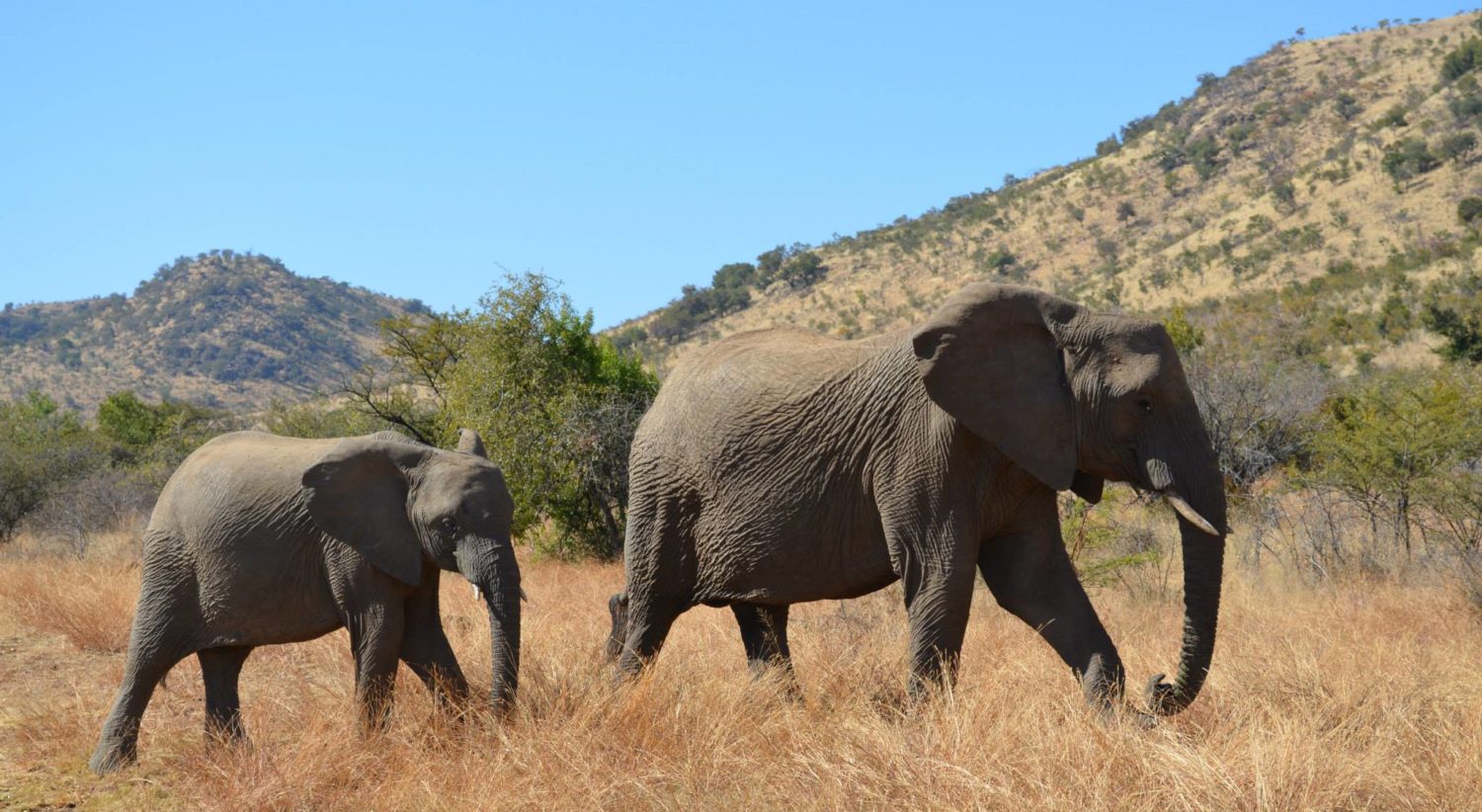
You know you’re in excellent company when a place so incredible, so stunning, so elegant like the Taj Mahal is ranked third on our favorite man-made wonders of the world list. It’s true, both Machu Picchu and the Pyramids of Giza hold a slight edge over the Taj on our list, but that by no means indicates that this astounding masterpiece is anything less than magical and awe-inspiring.





A symbol of love and devotion, the Taj Mahal is anything but your same old love song. This stunning ivory-white mausoleum was built over a span of twenty-two years (1631-1653) by the order of Mughal emperor Shah Jahan in honor of his most cherished wife, whom he called Mumtaz Mahal (Jewel of the Palace). Talk about a romantic gesture!
Erected on the southern bank of the Yamuna River in Agra, this opulent and iconic site is a combination of Indian, Persian and Islamic influences. The sheer vastness of this complex is astonishing. Covering approxiamtely 42 acres of land, the compound is composed of a mosque, guesthouse, gardens, and a reflecting pool. It’s estimated that over 22,000 laborers and 1,000 elephants help built this impressive site. There’s an old tale that suggests that Jahan ordered his staff to cut off the hands of the workers and chief architect after the Taj’s completion to ensure that a structure of its kind would never be built again. A whole new meaning to the old adage love hurts, huh?

The shimmering white marble of the monument seems to change color depending on the sunlight or moonlight striking its surface. Characteristics of repetition, reflection and symmetry are featured throughout the structure, from the four identical sides of the cube to the intricate tiling patterns of the stones that cover the ground. It’s hard not to be mesmerized by the elaborate details and decorations that prevail throughout the complex. With every step and turn, it’s easy to see why this incredible masterwork is regarded as one of the world’s greatest architectural treasures.



Visiting The Taj Mahal:
Location & Getting There: The Taj Mahal is located in Agra, which is 200 km southeast of Agra, roughly a 3.5 hour drive. Most people (like us) visit the Taj as part of the Golden Triangle, which consists of Delhi, Agra, and Jaipur. In a previous post about Delhi, I stressed the importance of avoiding driving in India under all circumstances. There’s just no reason to do it; trying to navigate India’s traffic and chaotic crowds and road system is just not worth it. In all of our travels, which include bustling and congested cities like Bangkok, Istanbul and Cairo, we have never witnessed the same level of driving insanity quite like we did in India (notice that I’m not just limiting this observation to the cities of India–traffic mayhem is prevalent everywhere). Hiring a driver is not only your safest option, it’s also relatively cheap, especially compared to western standards. Vehicles are not permitted near the immediate vicinity of the Taj Mahal complex due to pollution reasons. So once parked, you can either walk to the site, take a rickshaw, or ride via horse-drawn carriage (we took the latter).

Tickets & Tours: Because we had arranged for a private tour through the Golden Triangle, our driver, entrance fee, and private guide had already been pre-arranged. I know I keep saying this, but I strongly recommend you book some kind of driver and guide when visiting the Taj (and other parts of India, too). Make no mistake: I don’t always love the idea of having a tour guide. There are plenty of times that we prefer to wander about on our own and/or opt for the individual audio tours like the ones you typically see in museums. But when you visit one of the world’s most celebrated structures that is steeped in such beauty, regality and history, why wouldn’t you choose to learn a little more about it? For more information about entrance fees (and much more), look here.


The ornate entrance gateway of the Taj Mahal (that’s right, this the ENTRANCE)
When To Go: For optimal weather, the best months to visit the Taj Mahal (and much of India, for that matter) are October – March. We traveled in late November and the weather was ideal, with temps ranging in the 70s and 80s. Arrive in the morning before crowds flood the complex and keep in mind that visiting hours are from sunrise to sunset and the site is closed on Fridays.
Do’s & Don’ts: Only water, cameras, batteries, medicines, and (of course!) money are allowed within the complex. Eating and smoking are strictly prohibited, as is photography inside the main mausoleum.

Shoes are not permitted inside the tomb. Shoe covers are available and included with your entry ticket.



I came across a beautiful quote from Virginia Woolf that seems to closely depict my interaction with the magical essence of the Taj Mahal, a place bounded by love, symmetry and timelessness.
I attain a different kind of beauty, achieve a symmetry by no means of infinite discords, showing all the traces of the mind’s passage through the world, achieve in the end some kind of whole made of shivering fragments.
–Virginia Woolf


Pingback: Singapore: You Were Born to Sparkle - dcglobejotters